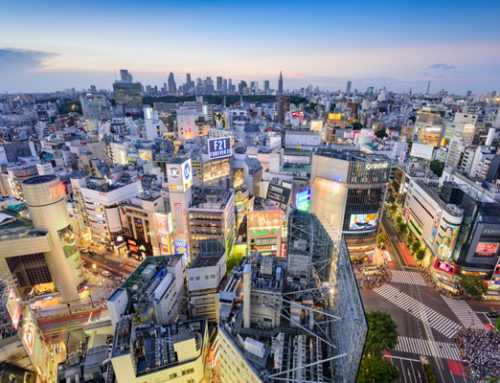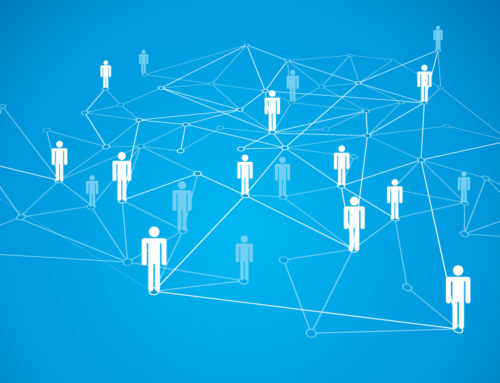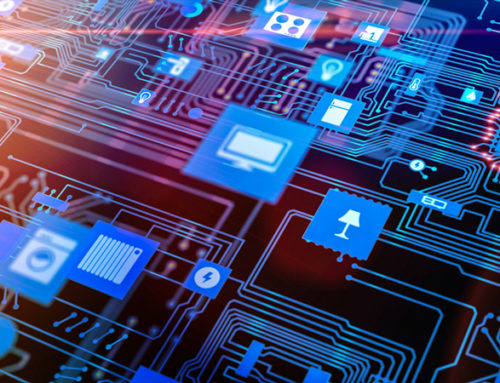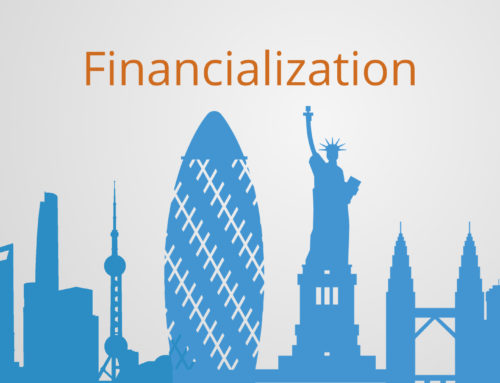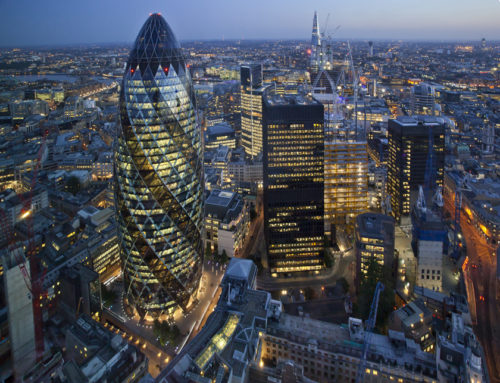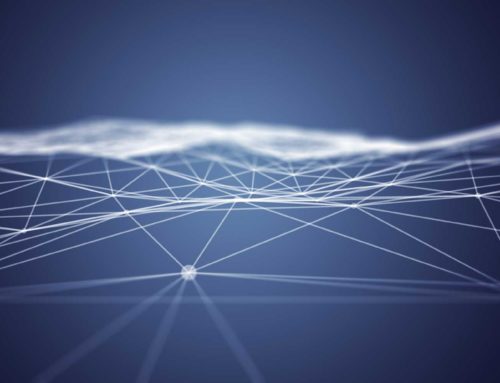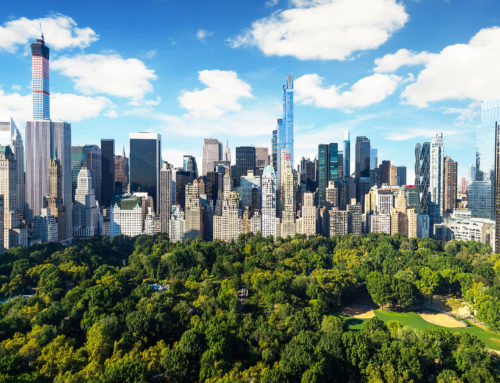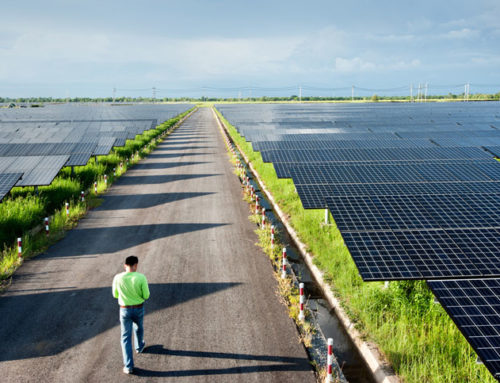Energy Disruption
With the rise of renewables and the smart grid our energy architecture is surely going to go through a profound transformation in the coming decades, but is this transformation happening fast enough? The ongoing transformation of the global energy system poses fundamental challenges to the creation of a new robust energy system. Meeting the growing demand for energy and environment is one of the most complex and challenging issues of our time.
Renewable technology is certainly developing rapidly, a recent report by Deloitte presented a positive outlook for the industry saying that: “despite continuing uncertainty over policy incentives and competition from historically low natural gas prices, alternative energyâs momentum continues to accelerate. In the case of wind and solar power, growth rates are regularly outpacing projections. Alternative energy sources still face the aforementioned roadblocks and perhaps a few emerging ones, but the industry continues to move forward and the overall outlook for growth is strong due to both longstanding and new trends.”
But this being said renewables remain a small fraction of the worldâs total primary energy source, which is dominated by convention fossil fuel sources and many conventional analysis (such as those from BP and IEA) predict that fossil fuels will continue to dominate the energy mix in 2040 forming up to 80% of primary energy consumption. Fossil fuels are a cheap and powerful form of energy that our whole industrial economy is almost completely adapted to. In short fossil fuels are going to die hard, renewables may be the future but the transition to renewables will likely happen over a long period of time, no one can really know how long though.
“Like most of the economy, the energy sector faces huge challenges from digital disrupters. Internet technologies are breaking open the traditional value chain, driving down interaction and transaction costs. Customers can now plug their consumption data directly into a utilityâs computer system and shift usage to lower-cost, non-peak periods. These changes have already triggered new business models characterized by customization and a laser focus on the customer.” McKinsey
Nonlinear Change
What we should not forget is that conventional forecasts for the future of energy are heavily dependent on linear models, they take the past and project it out on to the future with little reference to compounding feedback loops and how different technologies and industries interact to create synergies, and it is here that nonlinear disruptive change really happens.
One classic example of this linear thinking that blinds us to the possibilities of disruption, is Mckinseyâs forecast for the growth of the mobile phone industry back in the 1980s. AT&T, the telecommunications company, commissioned McKinsey, one of the worldâs greatest management consultant firms, in the year 1982 to predict how many mobile phones will be in use in the year 2000. Mckinseyâs consultants came up with the really rationale analysis that said; because the batteries do not last long, the phone is really heavy, they cost a lot and there is a lack of network coverage, they projected there being still only about 700,000 phones in the year 2000. Today we sell that many mobile phones almost everyday.
The same is true for the energy sector, IEA projections for renewables have been wrong every year since 2001. Every year their projections were exceeded and it went up and up, doubling almost every time. Solar may well be a major disruptor to the industry yet, we have to wait and see. The author Tony Seba is probably the greatest proponent of this nonlinear growth to solar. According to him “exponentially improving technologies such as solar, electric vehicles, and autonomous (self-driving) cars will disrupt and sweep away the energy and transportation industries as we know it. The same Silicon Valley ecosystem that created bit-based technologies that have disrupted atom-based industries is now creating bit- and electron-based technologies that will disrupt atom-based energy industries.” He predicts that cleantech disruption will by 2030 result in: all new energy being provided by solar or wind. All new mass-market vehicles being electric. The car market shrinking by 80%. Gasoline becoming obsolete and natural gas and coal also becoming obsolete. Pretty radical stuff, but with the way solar has developed so far black swan events are possible.
Towards An Energy Internet
But the energy industry is much more than just production and generation it is a whole ecosystem of interacting parts from, production to distribution to consumption. Even more importantly it is everything arround the energy industry that is actually doing the consuming of energy such as transportation, buildings, agriculture etc. and there is huge potential for radical disruption in energy when we start to look at this whole ecology of interacting parts to see how they can be made more efficient and thus reduce the demand for energy.
For example, in the United States alone, more than one-half of the energy generated is wasted by inefficient systems. Through a more holistic approach, there is an opportunity to increase efficiency along the entire value chain and ultimately this is where the real potential for disruption lies, in this whole ecosystem and its interaction with other areas. And this is exactly what the smart grid offers us, as many different technologies converge onto the grid from electrical vehicles to the whole internet of things we have the opportunity to build truly integrated energy and technology systems that work together to conserve energy, deliver greater service and functionality at a low demand of energy through intelligent design and coordinated systems, on the macro level. Â Not just single technologies that claim to be efficient - which makes little sense because the efficiency of something is contingent on its interoperation with other elements - but in the coordination of whole processes and networks of technology. Through urban design that integrates multimodal transportation, through smart buildings that use energy more effectively, through advanced analytics and big data that allows us to see across disparate systems, to read that data in real time and try to synchronize those systems in order to achieve coordination and the effective use of energy. That is where the true disruption to energy will be at the intersection of the smart grid and the internet of things, a true frontier in engineering and our energy economy.

